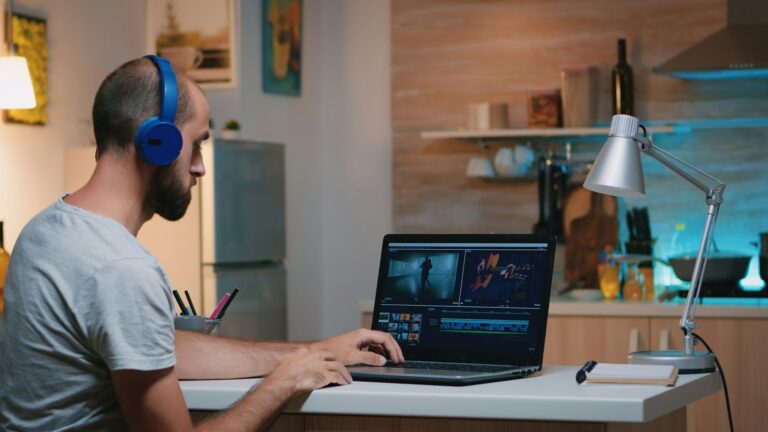What is better Horizontal or Vertical Video: Understanding the Differences and Best Practices
In today’s digital age, video has become an increasingly popular medium for communication and content creation. With the proliferation of smartphones and social media platforms, it has never been easier for individuals and businesses to create and share video content.
So what is better Horizontal or Vertical video?
One of the fundamental aspects of video production is the orientation of the frame. Horizontal video, also known as landscape video, has a wide aspect ratio with the width of the frame is greater than the height. This is the traditional format that is commonly used for TV and film.
On the other hand, vertical video has a tall aspect ratio with the height of the frame being greater than the width. This format has gained popularity in recent years due to the increasing use of mobile devices for consuming video content.
So, which one is the right choice for your video? It depends on the type of content you are creating and the platform on which you are sharing it.
Horizontal Video
Horizontal video is the traditional format that is used for TV and film. It is well-suited for scenes with a lot of movement or action, as the wider frame allows for more visual information to be captured. This format is also better for displaying text, as the longer width of the frame allows for more space to fit text on the screen.
However, horizontal video can be less effective on small screens, such as smartphones, as the viewer may need to rotate their device to watch the video in full screen. Additionally, horizontal video may not be as effective for capturing attention on social media platforms, where users are scrolling through their feeds and are more likely to stop and watch a vertical video.
Vertical Video
Vertical video is well-suited for mobile devices, as it takes up the full screen on smartphones and requires no rotation. This format is also more effective for capturing attention on social media platforms, where users are scrolling through their feeds and are more likely to stop and watch a vertical video.
However, vertical video can be less effective for displaying text or graphics, as there is less space available on the screen. It is also not as well-suited for scenes with a lot of movement or action, as the taller frame may result in visual information being cut off.
Best Practices
When it comes to choosing between horizontal and vertical video, it’s important to consider the type of content you are creating and the platform on which you are sharing it. Here are some best practices to keep in mind:
- If you are creating a video for TV or film, horizontal video is the traditional and most appropriate choice.
- If you are creating a video for social media or a website, consider the type of content you are creating and the platform on which you are sharing it. Vertical video may be more effective for capturing attention on social media platforms, while horizontal video may be better for displaying text or graphics.
- If you are creating a video for mobile devices, consider using vertical video to take up the full screen on smartphones.
- Keep in mind that the aspect ratio of your video will affect how it is displayed on different devices and platforms. Make sure to test your video on different devices to ensure that it looks good and is easy to watch.
In conclusion, horizontal and vertical videos are both useful formats that have their own strengths and weaknesses. By considering the type of content you are creating and the platform on which you are sharing it, you can choose the best orientation for your video.




